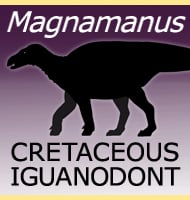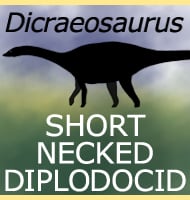In Depth
Though only known from the forward half of a skull, Raranimus was still a very exciting discovery, as not only is Raranimus one of it not the oldest therapsids known, it appears to be a transitional form that links therapsids with earlier sphenacodont pelycosaurs (i.e. Sphenacodon, Dimetrodon, Secodontosaurus, etc). At the time of writing the only genus that could possibly challenge the idea that Raranimus as the most primitive known therapsid, is Tetraceratops. However, there is no clear definition as to what Tetraceratops was, whether as a primitive therapsid or an actual pelycosaur.
Further Reading
- New basal synapsid supports Laurasian origin for therapsids. - Acta Palaeontologica Polonica 54(3):393-400. - J. Liu, B. Rubidge & J. Li - 2009.









